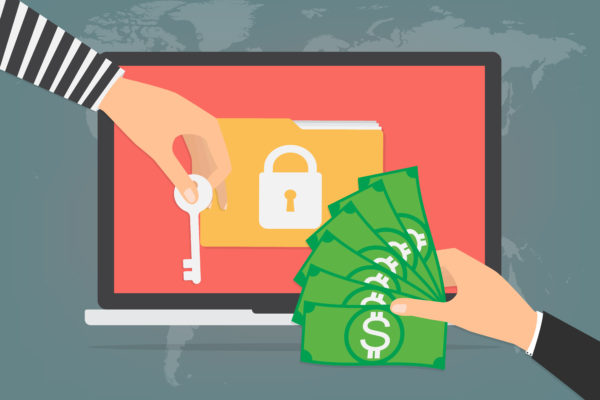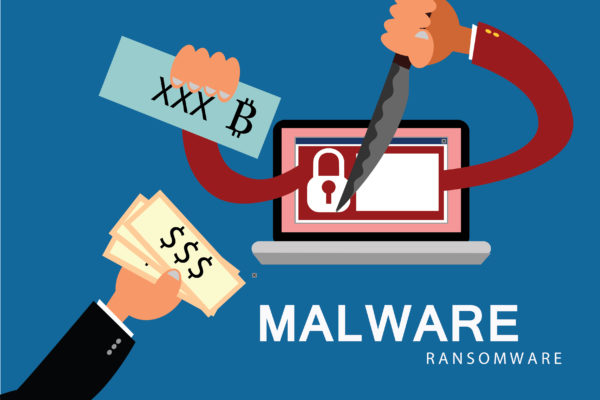Recently, a new ransomware surfaced. The ransomware’s modus operandi includes the installation of DiskCryptor on the victim’s computer. Afterward, the computer reboots. However, unlike their regular screens, users are met with a ransom note. The note acknowledges the hack and demands money for ransomware removal.
DiskCryptor is a common program that is often used in encryption. What this program does is that it applies encryption on the entire disk—resulting in the locking of all the data which is stored in the disk. After the encryption, the computer reboots and users are greeted with a password. This password is not linked to the user’s personal PC password. Instead, it is basically a decryption key which is only held by the cybercriminals. Without typing the correct password, it is not possible to bypass the screen and access the computer.
Experts believe that the ransomware is run via manual means, though sometimes it is invoked by a separate script which needs an argument for the DiskCryptor program where the ransom is passed as an argument. Some experts have also raised the chances of the ransomware’s propagation through the exploitation of Remote Desktop Services.
When the ransomware runs, a log file is generated in the path of C:\Users\Public\myLog.txt. This file is used to represent the progress of the encryption. After the ransomware succeeds in encrypting the entire hard disk, it performs a reboot of the computer and ultimately victims are greeted with the much-dreaded ransom note. An email of [email protected] is provided for contact where cybercriminals explain the procedure to pay money in exchange for ransomware removal in the form of the decryption password.
The idea behind using DiskCryptor in ransomware campaigns first originated in 2016. At that time, a ransomware known as HDDCryptor utilized DiskCryptor for extortion of money.



